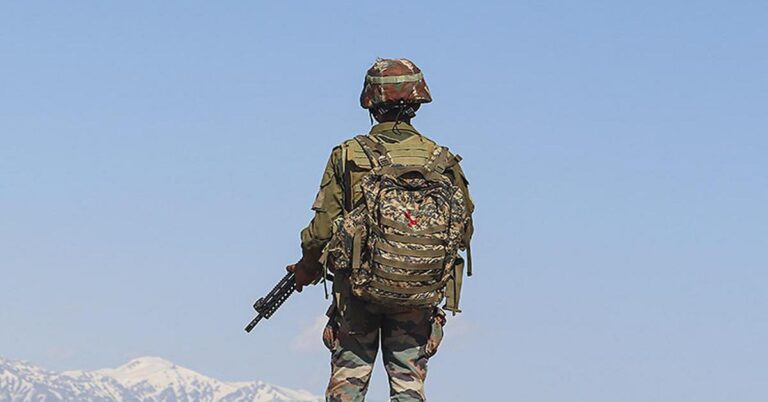
India's Strategic Airspace Arsenal: How Pahalgam Attack Strengthens Position
India’s Strategic Airspace Arsenal: How Pahalgam Attack Strengthens Position
In the ever-evolving landscape of geopolitics, nations constantly seek to gain an edge over their rivals. One such area where countries often vie for superiority is in their control of strategic airspace. Recently, India has found itself at an advantage over Pakistan in this regard, particularly after the Pahalgam attack.
This attack, which targeted an Indian military base in the region, highlighted the importance of airspace control in modern warfare. As India continues to strengthen its position in this arena, it becomes clear that having a robust and well-defended airspace arsenal is crucial for maintaining national security.
But what exactly does it mean to have a strong airspace arsenal, and how does it impact a country’s strategic position? Let’s break it down in simple terms.
Airspace Arsenal: The Key to Strategic Superiority
Imagine for a moment that airspace is like a chessboard, with each country’s military aircraft acting as pieces in a high-stakes game. In this game, the side with the most strategic control over the board has a significant advantage over its opponent. This is where an airspace arsenal comes into play.
An airspace arsenal consists of a country’s military aircraft, defense systems, and infrastructure that allow it to monitor, defend, and control its airspace effectively. By maintaining a strong and well-equipped airspace arsenal, a nation can deter potential threats, respond to attacks swiftly, and project power in the region.
With their recent advancements in air defense technology and the ability to strike deep into enemy territory, India has positioned itself as a formidable force in the realm of strategic airspace. The Pahalgam attack served as a stark reminder to Pakistan and other regional rivals of India’s growing capabilities in this area.
But what sets India apart from its neighbors when it comes to airspace control? Let’s take a closer look at some key factors that give India a geostrategic edge.
Geostrategic Edge: India’s Air Power Dominance
1. Advanced Air Defense Systems: India has made significant investments in state-of-the-art air defense systems, such as the S-400 missile defense system, which provide a formidable shield against incoming threats. These systems allow India to detect and intercept hostile aircraft with precision, ensuring the protection of its airspace.
2. Indigenous Aircraft Development: India’s aerospace industry has made great strides in developing indigenous aircraft, such as the Tejas fighter jet. By reducing its reliance on foreign suppliers, India has enhanced its self-sufficiency in maintaining a modern and capable air force.
3. Strategic Air Bases: India’s strategic location in the region, with air bases positioned near key hotspots like the Line of Control, gives it a tactical advantage in responding to threats quickly. These bases serve as launch pads for offensive and defensive operations, allowing India to project power where it matters most.
4. Training and Expertise: India’s air force personnel undergo rigorous training and development programs to ensure they are prepared for any scenario. Their professionalism and expertise in operating advanced aircraft and defense systems give India a competitive edge in the region.
The Pahalgam attack underscored the importance of maintaining a strong and vigilant airspace arsenal in today’s volatile security environment. As India continues to enhance its capabilities and strengthen its position in strategic airspace, it sends a clear message to its adversaries that any attempt to challenge its sovereignty will be met with a swift and decisive response.
In conclusion, India’s strategic airspace arsenal is a critical component of its national security strategy. By investing in advanced air defense systems, developing indigenous aircraft, positioning strategic air bases, and prioritizing training and expertise, India has solidified its position as a dominant force in the region. The Pahalgam attack serves as a reminder of the importance of maintaining a strong and well-defended airspace arsenal to deter threats and safeguard national interests. As India continues to evolve its capabilities in this arena, it leaves no doubt that it is a force to be reckoned with in the realm of strategic airspace control.




